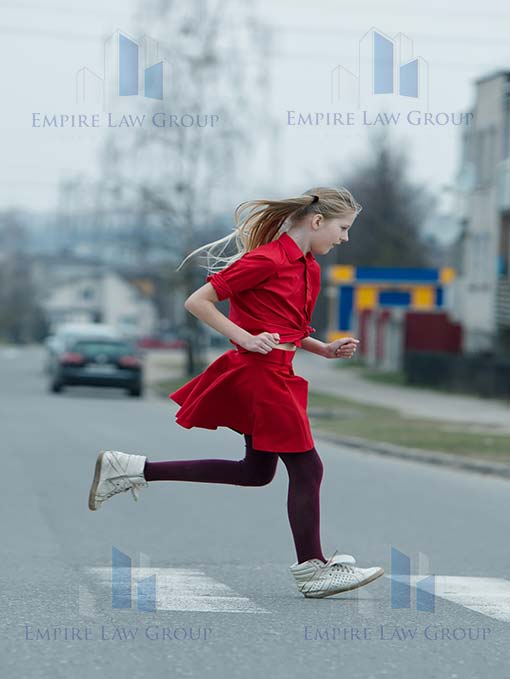Examining Liability in Pedestrian Accidents
Delving into the intricacies of pedestrian accident liability reveals a crucial aspect of motorist responsibility in the presence of pedestrians. While drivers are expected to exercise vigilance, accidents can still occur despite their utmost caution. In the context of accidents involving pedestrians and motorists, the question arises: are motorists always to blame?
This comprehensive article scrutinizes the concept of pedestrian accident liability, focusing on the legal doctrine of “Contributory Negligence.” Contributory negligence holds pedestrians partially responsible for their own injuries if their actions played a contributory role in the harm they suffered. Defendants may utilize the defense of contributory negligence to absolve themselves of the obligation to provide compensation for damages.
The use of a contributory negligence defense comes into play in specific circumstances. Motorists are legally obligated to exercise a duty of reasonable care, yet it is recognized that each driving situation presents unique variables. Thus, the duty of reasonable care merely demands that a motorist exercise caution akin to that of an ordinary, prudent individual confronted with the same situation.
A reasonably prudent person demonstrates awareness of pedestrians by reducing speed. For example, if an attentive individual observes a child riding a bicycle on a road with a speed limit of 25 miles per hour, they would instinctively slow down. Should a motorist maintain the designated speed limit and a collision transpires, it is possible that the motorist may be deemed at fault.
Negligence on the part of a motorist can manifest in various ways, such as driving while distracted, under the influence of intoxicating substances, or inattentive to environmental conditions.
Conversely, pedestrians also bear the responsibility of exercising reasonable care to ensure their own safety. Pedestrians may be deemed negligent if they recklessly dart into the road, fail to utilize designated crosswalks, disregard traffic signals, traverse a busy street at night while clad in dark clothing, and engage in similar behaviors. Regardless of a motorist’s caution, if a pedestrian acts negligently, a collision is likely to occur. In such cases, the court will often attribute the accident to the inattentive pedestrian.
Furthermore, a pedestrian remains liable if a motorist takes evasive action to avoid striking them and, as a consequence, collides with another vehicle. In such scenarios, the pedestrian bears responsibility for the resulting damages to both vehicles and any injuries sustained by the motorists and their passengers.
However, considerations must be made when the pedestrian involved is a child.

Las Vegas Pedestrian Accident Attorney Dan Lovell of Empire Law Group
The legal system recognizes the “tender years” doctrine, acknowledging that children lack the capacity to protect themselves adequately. Children between the ages of 5 and 9 face the highest risk of collisions due to their small stature and unpredictable movements. Moreover, children may lack the ability to perceive and avoid danger. Consequently, certain jurisdictions may refrain from applying the doctrine of contributory negligence when children cause accidents on the road.
When it comes to pedestrians on highways, unexpected encounters arise as these thoroughfares cater to fast-moving vehicles. Pedestrians who venture onto or cross highways, traverse dimly lit areas, attend to previous crashes, or engage in vehicle repairs are deemed negligent, thereby invoking the doctrine of contributory negligence.
In some instances, shared blame may be established, necessitating a jury’s determination of the degree of liability each party bears. The respective percentages of shared liability would then determine the proportion of damages for which each party is responsible. For example, if a motorist is found 40% at fault, they would be liable for 40% of the damages, with the remaining 60% falling on the pedestrian.
It is worth noting that legal cases may target federal or state agencies, attributing fault to the design, maintenance, construction, or overall state of repair of highways. State agencies are obligated to exercise reasonable care for all road users.
In conclusion, both motorists and pedestrians must exercise due caution when navigating public roads, as no party is immune from potential fault. It is advisable for individuals involved in pedestrian accidents in Las Vegas to seek the expertise of a skilled Las Vegas Pedestrian Accident Attorney who specializes in navigating the intricate legal landscape surrounding such incidents.
